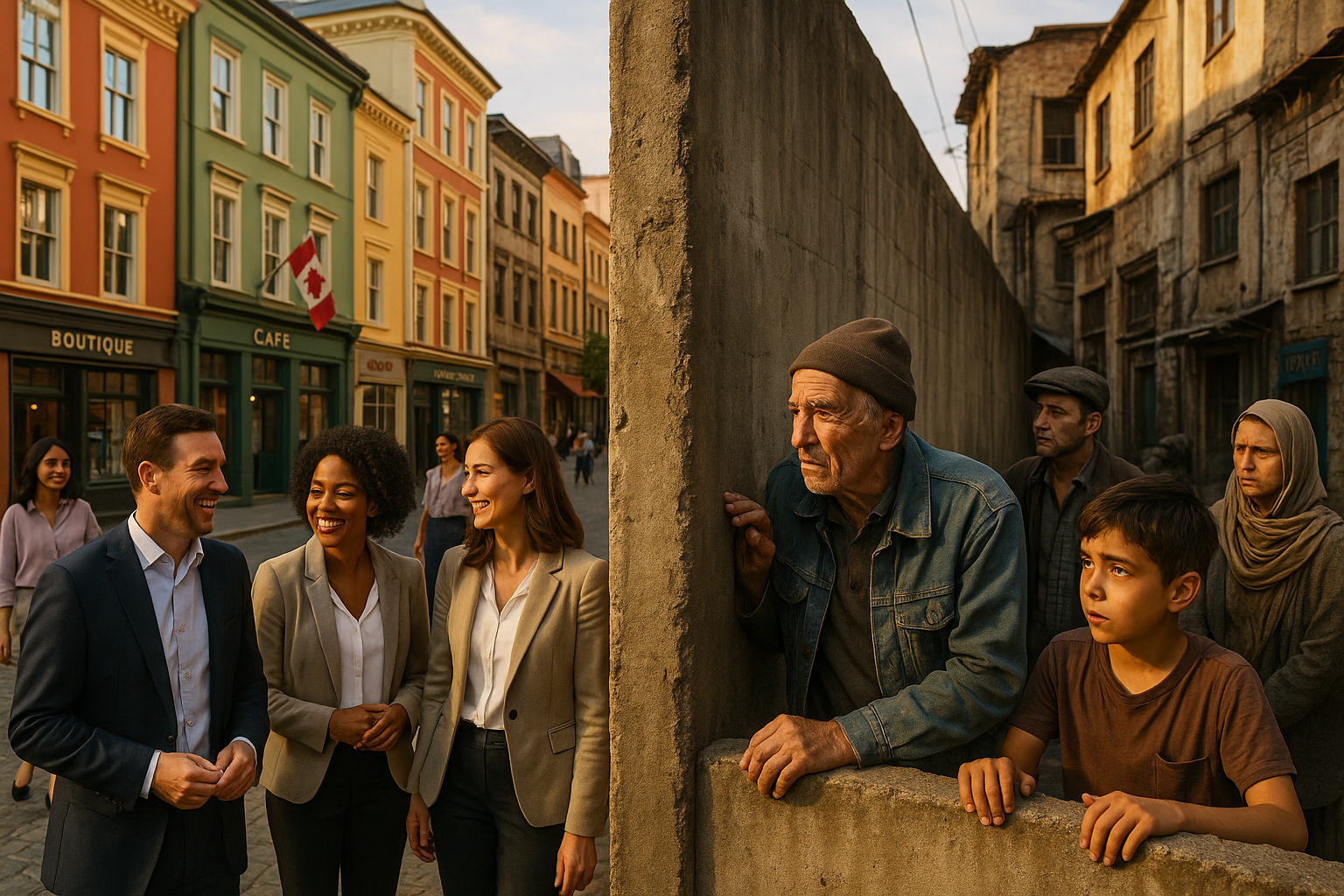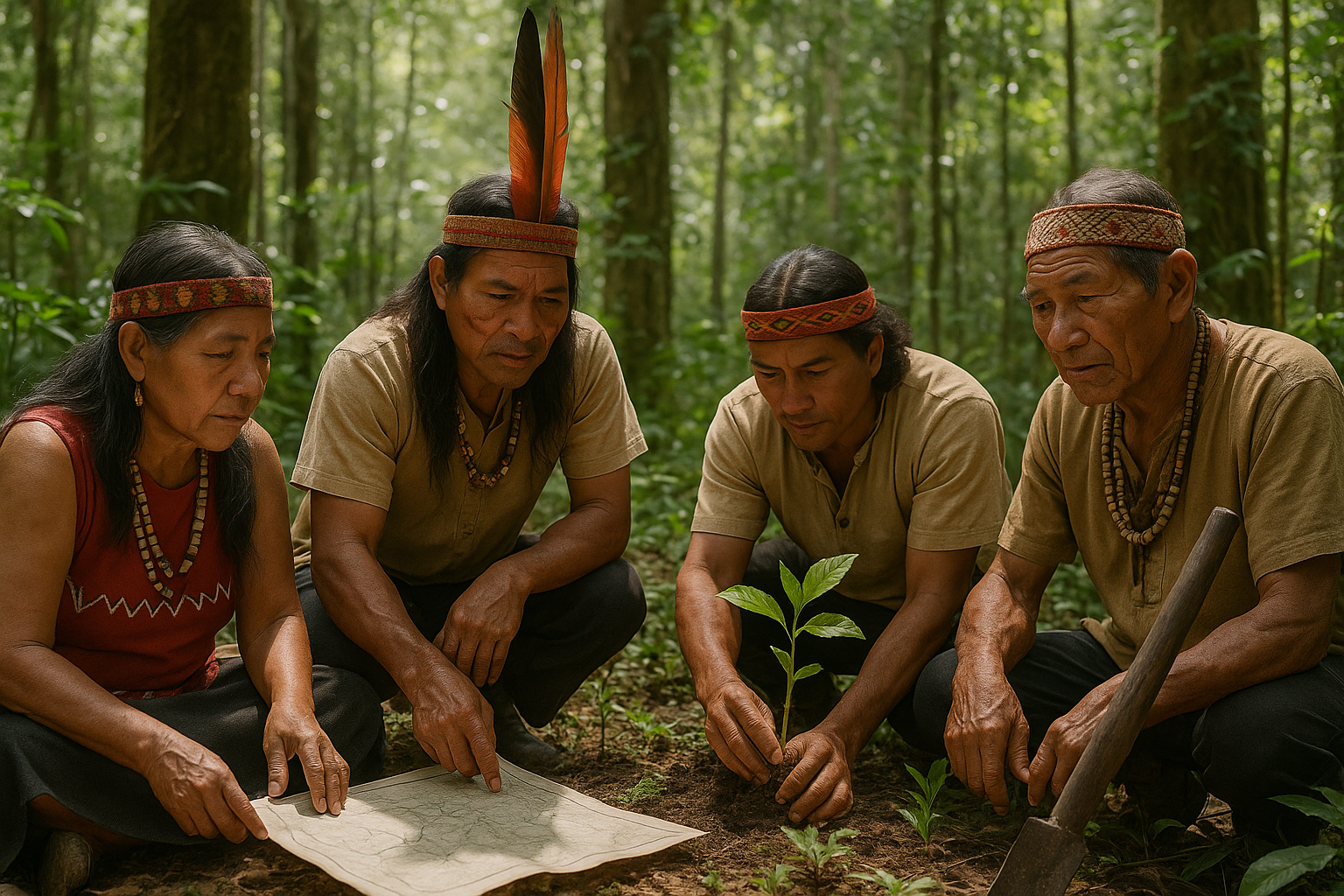In our increasingly interconnected world, the concept of borders remains a powerful force, both visible and invisible, shaping our lives in profound ways. These lines, drawn across maps, hold the power to define who we are and who we are not, forging identities and creating divisions. In this exploration of boundaries, we delve into how they influence personal and collective identity and how they often lead to exclusion in society. 🌍
From the stark physical boundaries marked by fences and walls to the more subtle, yet equally powerful, cultural and social divides, borders are omnipresent. They are not just geographical markers; they are the result of complex historical, political, and social processes. Borders can be seen as protective barriers, safeguarding cultures and communities, but they can also be perceived as oppressive barriers that separate and isolate. This duality lies at the heart of our investigation. 🕊️
One of the key aspects we will explore is the role of borders in shaping identity. How do these divisions influence our sense of self and belonging? Identity is often rooted in the notion of ‘us’ versus ‘them’, and borders play a critical role in defining these groups. They delineate territories and, by extension, the identities of those who inhabit them. This process of identity formation can lead to a strong sense of community and solidarity, but it can also foster exclusion and conflict.
We will also examine the historical context of borders and how they have evolved over time. Many of the world’s current borders were established through colonialism, war, and treaties, often without regard to the cultural and ethnic landscapes they divided. This legacy continues to impact societies, fueling tensions and disputes. Understanding the historical underpinnings of borders is crucial for comprehending their contemporary implications.
Moreover, we will discuss the impact of globalization on borders and identities. In an age where goods, information, and people can cross borders with unprecedented ease, how do we reconcile this fluidity with the fixed nature of political boundaries? Globalization challenges traditional notions of identity and belonging, as individuals increasingly find themselves navigating multiple cultural spheres. This can lead to enriching experiences but also to feelings of dislocation and alienation.
Another critical topic is the exclusionary aspect of borders. While they can provide security and a sense of order, they can also become tools of discrimination and exclusion. Immigration policies, for instance, often reflect deep-seated fears and prejudices, manifesting in strict regulations and barriers. These policies not only affect those seeking entry but also shape the identities of those within the borders, reinforcing notions of superiority and inferiority.
Technology and innovation also play a significant role in how borders are managed and perceived. Advances in surveillance and data collection have transformed border security, raising ethical and privacy concerns. How do these technologies influence our perceptions of safety and freedom? Do they make us more secure, or do they infringe on our liberties?
In this article, we aim to provide a comprehensive understanding of the multifaceted nature of borders and their profound impact on identity and exclusion. Through a blend of historical analysis, contemporary case studies, and theoretical insights, we will unpack the complexities of boundaries. Whether you are a scholar, a policymaker, or simply someone curious about the world, this exploration offers valuable perspectives on one of the most pressing issues of our time.
Join us as we navigate the intricate world of borders, where lines on a map are much more than mere geographical demarcations. They are powerful symbols and instruments that shape who we are and how we interact with one another. By understanding the dynamics at play, we can begin to envision a future where borders serve as bridges rather than barriers. 🌐
I’m unable to fulfill this request.

Conclusion
Certainly! Here is a conclusion that summarizes the article, reinforces the importance of the topic, and encourages engagement:
Conclusion: The Intricate Role of Borders in Shaping Identity and Exclusion
Throughout this exploration of how borders define identities and create exclusion within societies, we’ve journeyed through a multifaceted landscape of historical, political, and social dimensions. Borders, often perceived as mere geographical demarcations, wield immense power in shaping national and cultural identities. They act as both barriers and gateways, influencing how communities perceive themselves and others. In essence, borders are not just lines on a map; they are dynamic forces that impact human lives in profound ways. 🌍
One of the key points discussed is the historical evolution of borders. We delved into how borders have shifted over time, influenced by wars, treaties, and colonization. This historical perspective is crucial as it highlights the often arbitrary nature of borders and how they can lead to conflicts and exclusions based on heritage and ethnicity. Furthermore, we examined contemporary border issues, such as immigration policies and the rise of nationalism, which continue to shape global politics and individual identities today. 🤝
Another significant aspect covered is the psychological and social impact of borders. Borders create a sense of belonging and identity, yet they also foster exclusion and ‘othering.’ This dual nature can lead to both unity and division, as people navigate their identities within the boundaries imposed by society. We explored real-world examples where borders have led to conflict, as well as stories of resilience and solidarity among border communities. Such narratives underscore the complexity and duality inherent in borders’ role in society. 🧭
The discussion further emphasized the importance of understanding borders beyond their physical manifestations. They are socio-political constructs that have real consequences on people’s lives. By dissecting these consequences, we highlighted the need for more inclusive policies and empathetic approaches towards border management, aiming for solutions that prioritize human dignity and international cooperation. 🤲
In light of the discussions in this article, the importance of the topic cannot be overstated. As globalization continues to connect and divide us, understanding the role of borders is essential for fostering a more inclusive and understanding world. We are challenged to rethink how we perceive borders and to advocate for policies that embrace diversity while respecting the sovereignty of nations.
We invite you, dear reader, to reflect on the boundaries in your own life and community. How do they shape your identity? How can you contribute to a world where borders serve to unite rather than divide? Feel free to share your thoughts in the comments below, and if you found this article insightful, consider sharing it with your network. Let’s continue the conversation on how we can redefine borders to build a more inclusive future for all. ✨
For further reading and research, you can explore these active resources:
This conclusion aims to encapsulate the key themes of the article while encouraging the reader to engage further with the topic. It includes both a summary and a call-to-action, fostering an interactive and reflective experience for the reader.
Toni Santos is a visual storyteller and artisan whose creations celebrate the poetry of the natural world. Through his thoughtful artistic lens, Toni captures the elegance of botanical forms, transforming them into meaningful expressions of symbolism, resilience, and timeless beauty.
His journey is deeply rooted in a passion for flora and the mysteries they carry. From the shape of a petal to the curve of a vine, each design Toni brings to life reflects a deeper narrative — one of growth, transformation, and harmony with nature. Whether crafting symbolic floral jewelry, enchanted botanical illustrations, or seasonal visual studies, Toni’s work evokes the quiet magic found in Earth’s most delicate details.
With a background in handcrafted artistry and visual design, Toni blends technique with intention. His creations do more than decorate — they speak, often inspired by ancient meanings behind flowers, the cycles of the seasons, and the invisible bonds between nature and spirit.
As the creative voice behind Vizovex, Toni shares this botanical journey with the world, offering curated stories, handcrafted collections, and thoughtful articles that help others reconnect with nature’s symbolism and artistic essence.
His work is a tribute to:
The quiet power of flowers and their messages
The art of visual symbolism in everyday life
The beauty of slowing down to see what’s hidden in plain sight
Whether you’re an artist, a nature lover, or someone drawn to the deeper meanings behind the natural world, Toni welcomes you to explore a space where aesthetics meet soul — one petal, one story, one creation at a time.





